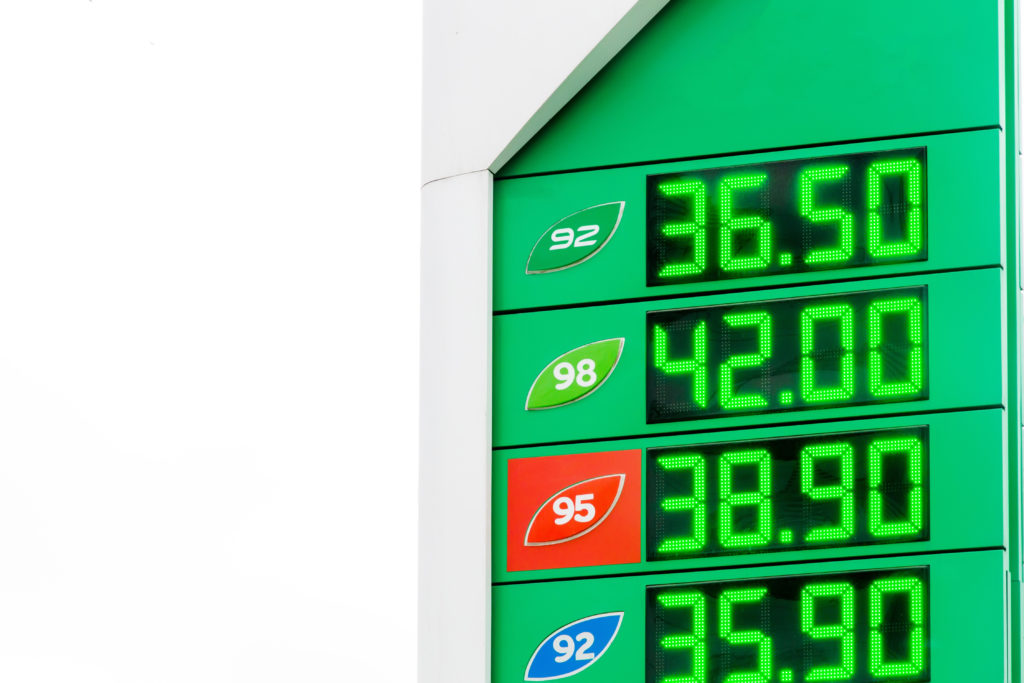This post is also available in: Deutsch
What is a price, anyway? Have you ever thought about it?
At first glance it’s simple enough. The price is the number of monetary units you have to pay for a unit of a good. For half a pound of butter you pay EUR 1.49 at a grocery store (which is twice as much as 12 months ago), a liter of gasoline costs EUR 1.35 and a pound of coffee is EUR 4.99. So far so good.
It isn’t enough to create real value by producing an excellent product – the product doesn’t sell itself.
In many cases, the price is not so easy to represent. What do you pay to make a call for a minute? Or for a kilowatt-hour of electricity, taking into account all fees? How much does a kilometer cost you in your car?
I would struggle to come up with these prices on the spot. In fact, prices are often extremely complex, since they consist of several components that occur at different times. In addition, prices are not always referred to as “prices,” but rather as “terms,” “bonuses,” “fees,” “rates” or “tolls.” This complexity and variety of prices offers great opportunities – and many risks.

Price is the hinge of our economy. Everything revolves around it. Prices affect supply and demand. Price is the number one profit driver for typical cost structures in the industry. At the same time, price is a very sharp sword in competing. Price wars are the order of the day in many markets, usually with a negative impact on the profit margins of everyone involved.
For example, in 2012, 70 percent of beer sales in Germany already accounted for discounts of up to 50 percent. In 2010, discounts made up less than half.
For some time now, prices have been pushing into areas of life where goods used to have no price for various reasons. For example, because they were made available free of charge by the state or non-profit organizations or were simply taboo for moral reasons. Using highways and studying have always been free.
How to get the right price?
Some airlines offer their passengers the right to board the plane first for a fee. Anyone wishing to enter the US must pay USD 14 for necessary entry into the US Travel Authorization System (ESTA). In order to move faster at peak times, you can drive on special lanes in the US for a fee. And for USD 1,500 a year, American doctors offer their mobile number and 24-hour accessibility.
As you can see, price today has permeated almost all areas of our lives. Despite these developments, most of us know little about price and its implications.

It is very easy to pick the wrong price and it is very difficult to choose the right price. Russians have an apt saying, “There are two fools in every market. One has too high a price, the other too low.” So it is worthwhile for suppliers as well as for buyers to deal with price and its effects.
But how do you get the “right” price, for example for a profile clamp or pipe coupling? Ideally with the customer’s help. The customer’s willingness to pay, thus the achievable price, is an expression of the value and benefits perceived. If customers see higher value, they’re ready to pay more.
Why you also have to convey value
Before you think about the possible price of a product, you should be clear about its value to the customer. This means two central tasks for companies: 1. creating value, for example through the nature of the material, product quality, design or service; 2. communicating value by highlighting the benefits of the product, positioning, packaging and brand.
It isn’t enough to create real value by producing an excellent product – the product doesn’t sell itself. You also have to be able to communicate this value to your customers.
The former CEO of a major German car maker once expressed this need in a newspaper interview: “Building excellent cars isn’t enough on its own. The brand is just as important as the product.” Only the value perceived by the customer generates willingness to pay and thus has an impact on sales and profits.




